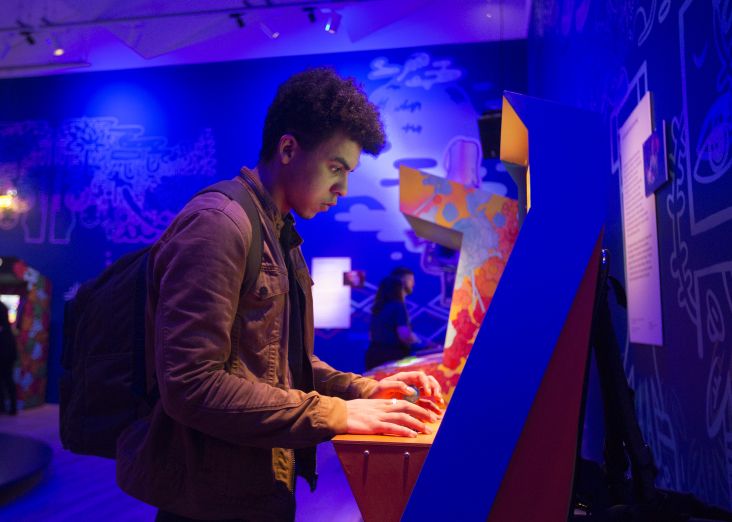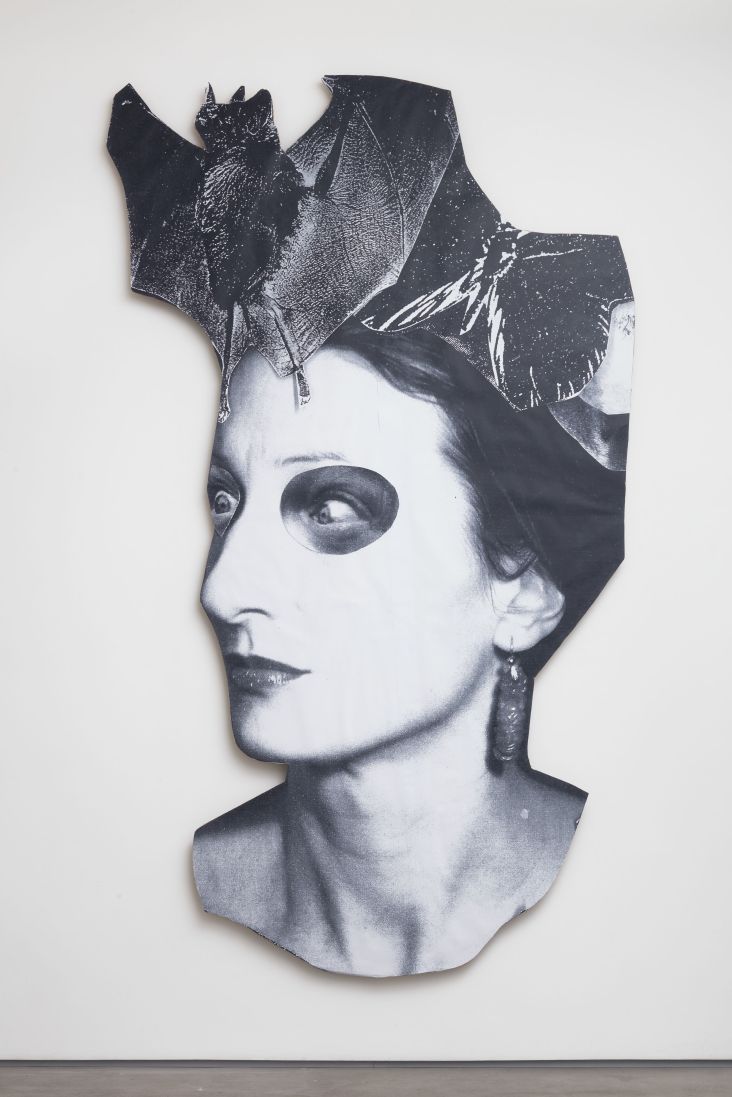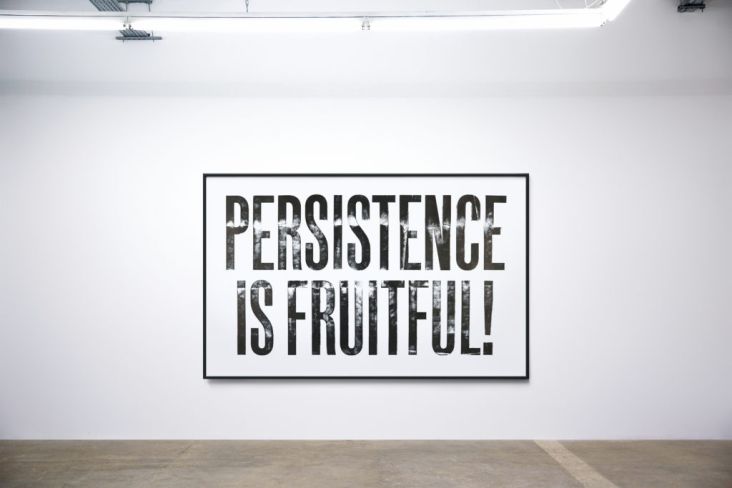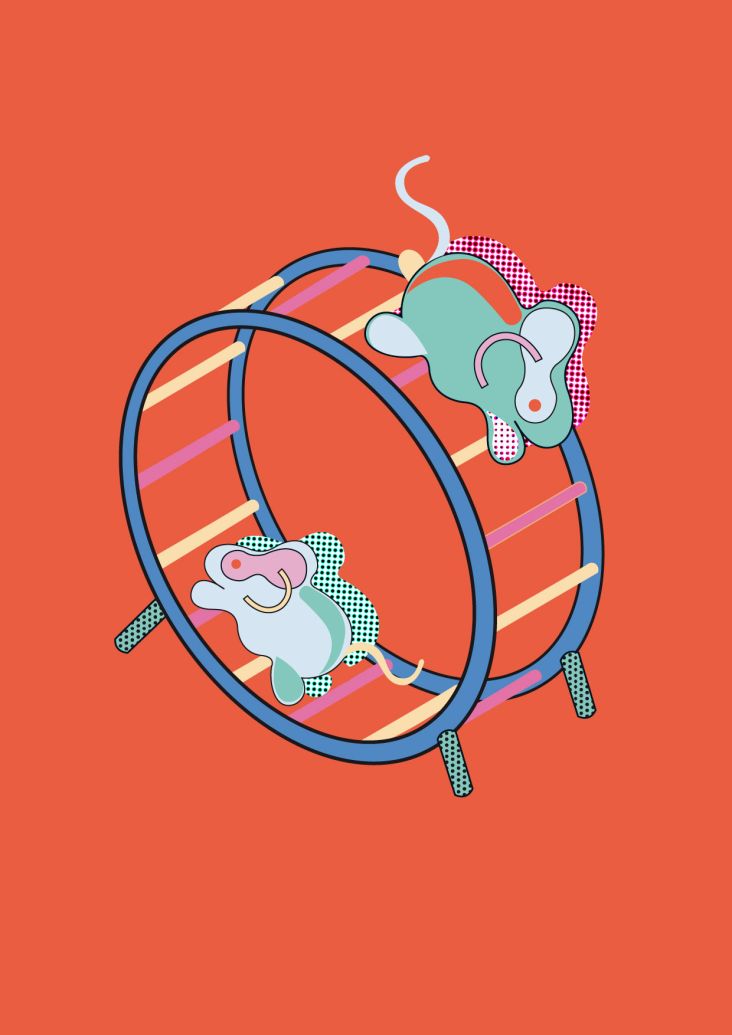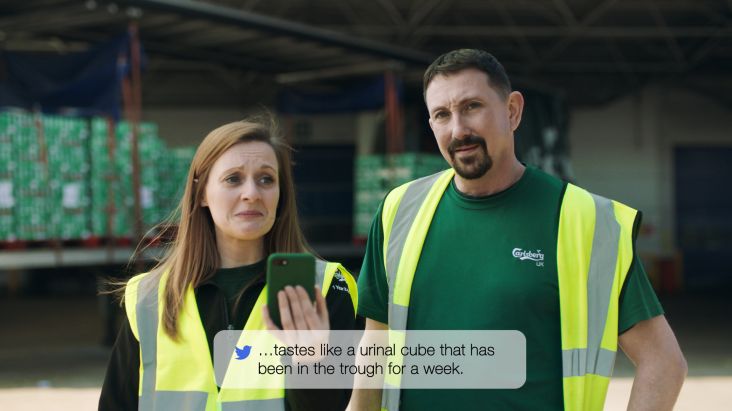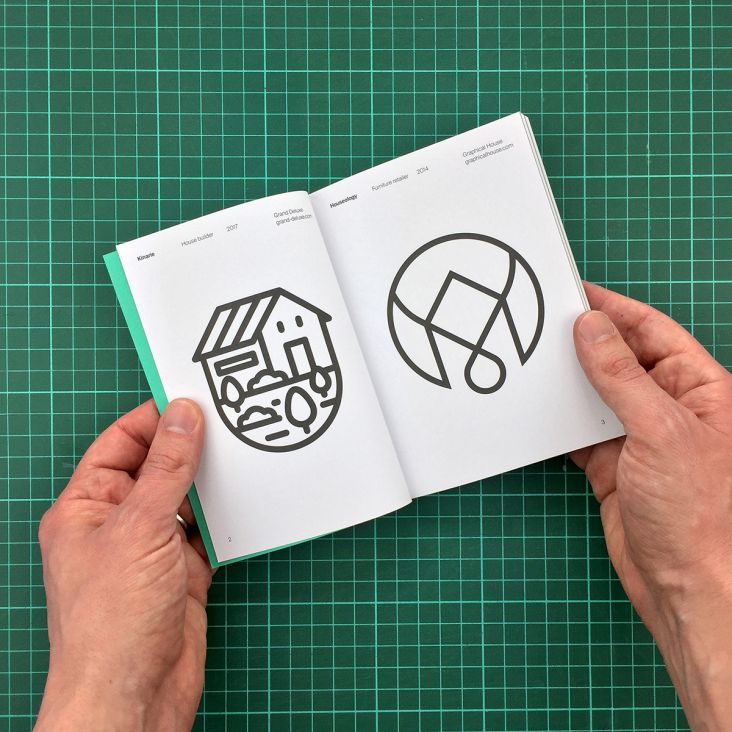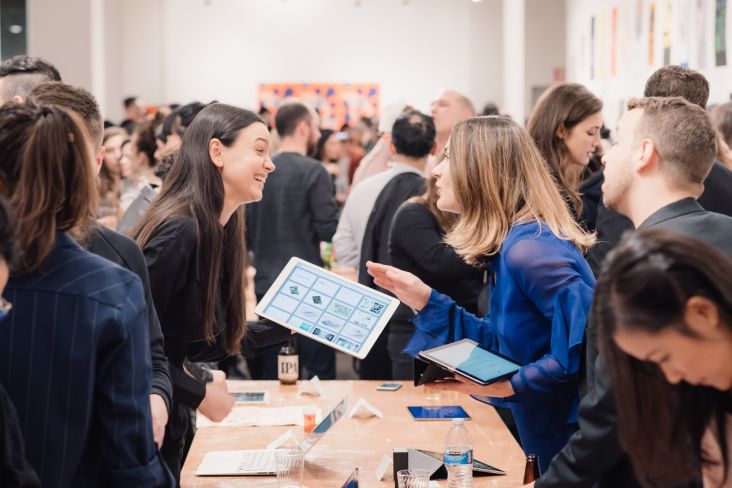Why it's important to 'pause' when you're creative
Creativity is not linear. In a creative process, there is always a leap, gap or space. Researchers call it "incubation" or "mental digestion". Business coach Robert Poynton calls it a pause.
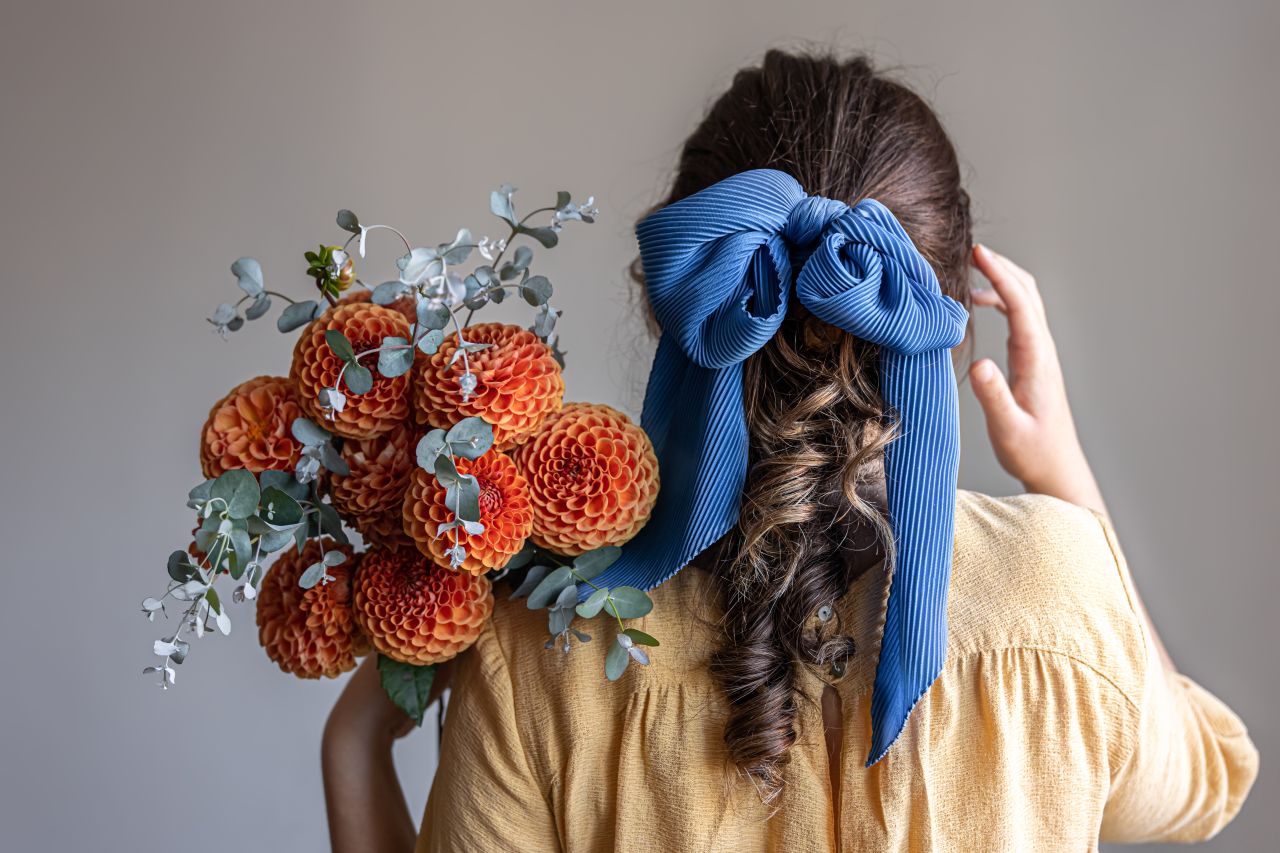
Image licensed via Adobe Stock
He believes cultivating this ability to pause is important for creative people. So much so, he's written a book on the very subject entitled Do/Pause: You Are Not a To Do List.
We asked Robert for an overview of some things we can try to take a pause, reflect and get that necessary reboot to be productive and creative all over again. Here's what he suggests.
Make pause "a thing"
This works like the famous phrase, "Don’t think of an elephant". Once you make pause a thing, you can’t avoid thinking about it. You pay attention to how and where you pause (or don’t) and where you could use more pause. It punctures the illusion that pushing is always good or necessary. Even that small shift in attention has an effect. As the footballer, Zinedine Zidane, said: "Magic is sometimes very close to nothing at all."
Take a sabbatical year
Or you could go to the opposite extreme and start huge. Steal (like an artist?) from designer Stefan Sagmeister and take an undirected sabbatical year, once every seven years. Musician Nils Frahm (to whose music I wrote Do/Pause) also took a year off before his current world tour, so maybe it's a German thing, but anyone bold enough could choose to do this.
Take a Think Week
If a year is too ambitious, how about a Think Week? Bill Gates takes one of these every two years, spent in a cabin in the woods, completely disconnected from work, with a pile of stuff to read that he wouldn’t usually look at. Design one of these for yourself. Think about when is the time where you would go, and what material you would take.
Switch from the mind to the hand
A pause isn't "nothing", it is a switch, so try switching from the brain to the hand. Spend a few minutes drawing, doodling or journaling. Use ‘automatic writing' where you keep writing come way may. Choose whichever contrasts most with what you usually do. Engaging the hand opens up the mind.
Walk around the block
Body and mind are not separate and moving one, moves the other. A walk is the best way I know to break a creative block. I should have dedicated my last book to our dog since it was him that got me out when I was stuck.
Hold off
Think about pausing at different points in the process – before, during or after a stretch of creative work. To start crisply, singers and musicians have to pause first. I call this a ‘gathering pause’. On set, film director David Keating will sometimes hold back the magic word ‘action’ for a few seconds. The pause gets the attention of the cast and crew and creates intensity. Allow yourself to hold off for a while – a few seconds or hours – to gather or intensify attention, material, or ideas.
Give your instincts time to work
Another film director, John Boorman, pauses while shooting, to "get in touch with his instincts". He needs to disconnect from the technical side of making a film to ensure he connects with his creative side. Use a pause to punctuate your process and make sure the technique isn’t getting in the way.
Let others in
Percussionist and improviser Thomas Sandberg uses a pause to get input from an audience. A pause in the midst of things allows new inputs from other people or sources, that act as a stimulus. If you never stop or hold a space, that isn’t possible. Serendipity doesn’t occur when you are head down racing on to a pre-determined goal. Allow yourself to wander off. Motorways always lead to known destinations.
Develop slow hunches
It is a myth that ideas occur instantly. Eureka moments come out of ‘slow hunches’ which build up over time, so let ideas linger. Pause with them, allow them to sit on a shelf in the back of your mind until the right moment appears.
Photographer Jim Marsden (who took the photos for Do/Pause) loves using film rather than digital because it introduces a pause between taking the shot and seeing it. That not only encourages him to frame things more thoughtfully but allows his ideas to mature before he sees the image and judges it.
To conclude
You can be creative with pauses themselves. Play around with different kinds. There are dramatic or pregnant pauses. You can pause for effect or pause for thought. A pause can be planned or spontaneous, momentary or lasting.
You might pause to get organised, add emphasis, connect with others, get a new perspective, exercise judgement, and so on — it’s a long list. This multi-faceted nature is what makes pause worth exploring. It is a rich, layered, nuanced phenomenon. Empty though it may seem, there’s a lot in a pause.





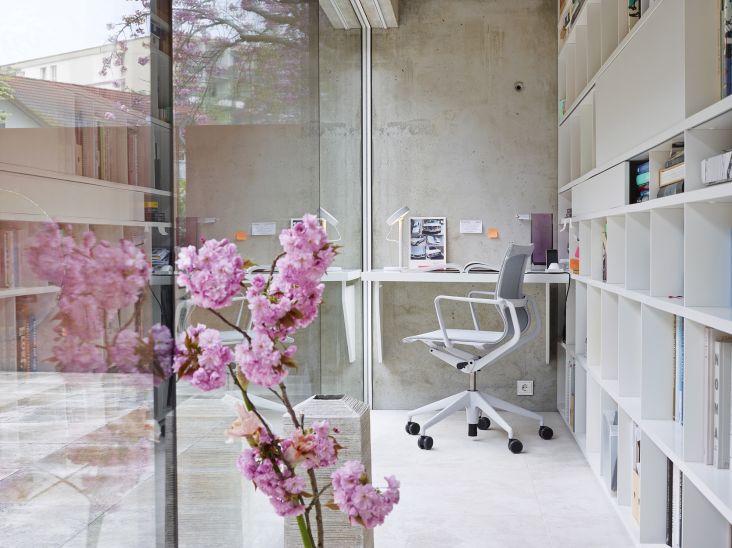
 using <a href="https://www.ohnotype.co/fonts/obviously" target="_blank">Obviously</a> by Oh No Type Co., Art Director, Brand & Creative—Spotify](https://www.creativeboom.com/upload/articles/6e/6ed31eddc26fa563f213fc76d6993dab9231ffe4_732.jpg)
 by Tüpokompanii](https://www.creativeboom.com/upload/articles/58/58684538770fb5b428dc1882f7a732f153500153_732.jpg)








